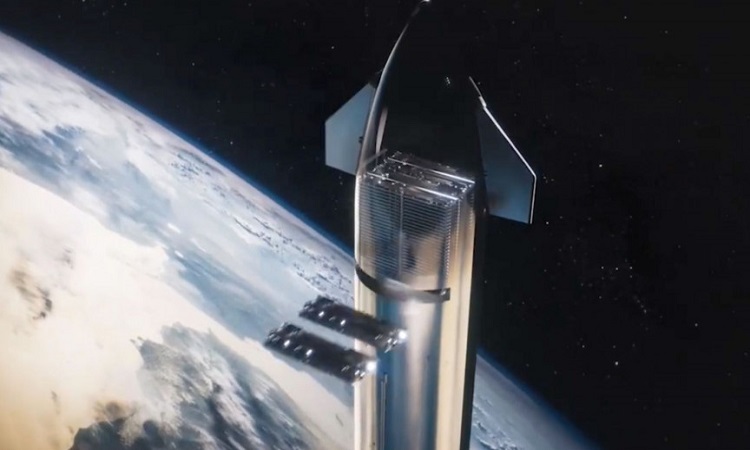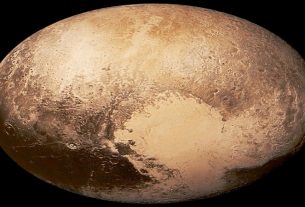Future Starlink satellites will be larger and heavier than previous versions. To launch them, SpaceX will rely on the Starship, a fully reusable vehicle that will function as a gigantic PEZ dispenser.
Once operational, SpaceX’s Starship will be the largest and most powerful space transportation system ever built. The company is developing its vehicle primarily for transporting cargo and humans to the Moon as well as Mars. However, he will also be requisitioned to perform various other spaceflight duties. One thinks in particular of the deployment of the new generation of Starlink satellites.
A candy dispenser suppository
As you know, SpaceX is developing a huge constellation of internet satellites. Named Starlink, it aims to provide high-speed Internet access to the entire planet. The service currently has nearly 500,000 users in thirty-two countries.
For the time being, only 2,300 of these satellites have been deployed out of the more than 30,000 ultimately planned. All these machines are first generation. However, the company is working on a new larger and more powerful fleet.
Currently, Starlink satellites are launched into orbit aboard a Falcon 9 rocket. However, the next generation machines will be almost four times heavier. To send them into space, SpaceX therefore relies on the Starship. As shown in a short video posted by Elon Musk on Twitter, these satellites will be launched into orbit by passing through a thin opening near the top of the craft.
Deck from SpaceX all-hands update talk I gave last week pic.twitter.com/ApsdPjjukh
— Elon Musk (@elonmusk) June 5, 2022
In the animation, Starship actually looks a lot like a huge PEZ dispenser, as one of Musk’s Twitter followers pointed out. And the latter seems to totally agree with the comparison. “Maybe we should create a real Starship dispenser PEZ model for our merchandise store,” he also tweeted in response.
Musk’s comprehensive presentation also included concept images of two future SpaceX factories, one at existing Starbase facilities in Boca Chica, Texas, the other at Cape Canaveral, Florida.
Soon a first orbital flight
In the meantime, the company is currently working on the first orbital test of its launch system with its two key components: prototype SN 24 and booster 7. Both are currently being prepared and tested at the company’s facilities in Boca Chica in Texas. That launch, however, cannot proceed until the U.S. Federal Aviation Administration (FAA) completes an environmental review of Starbase. The delivery of this report, which was originally scheduled to be completed by the end of 2021, has been pushed back several times. The deadline is currently June 13.

Email: ben@satprwire.com Phone: +44 20 4732 1985
Ben has been listening to the technology news for quite some time that he needs just a single read to get an idea surrounding the topic. Ben is our go-to choice for in-depth reviews as well as the normal articles we cover on a normal basis.



